Processing raspberries in the spring from diseases and pests
If you do not monitor the condition of your raspberry bushes, then various pathogenic bacteria (fungi) and pests will definitely settle on them, which will reduce the yield, and some plants may even die. Therefore, you need to regularly carry out preventive measures and spraying raspberries.
In this article you will find information on how to treat raspberries in the spring against diseases and pests, about the features and timing of the procedure.
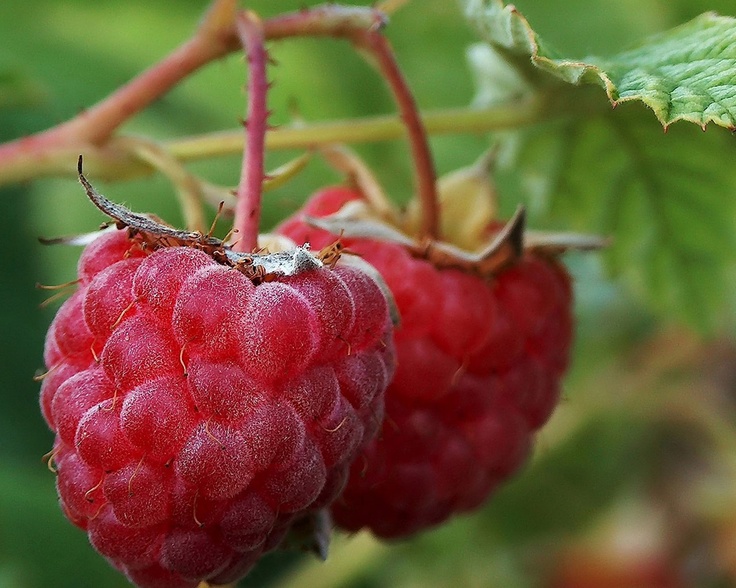
Content
- 1 What is raspberry processing needed for: what and whom we will fight against
- 2 Preventive measures to protect raspberries
- 3 How to properly handle raspberries in spring
- 4 When to process raspberries: schedule and scheme of treatments
- 5 How to process raspberries in the spring: preparations for diseases and pests
What is raspberry processing needed for: what and whom we will fight against
Obviously, any treatment is carried out to protect the plant (berry culture), so that it is healthy, which means it gives a bountiful harvest.
Further, the main (most common) pests and diseases of raspberries will be presented to your attention.
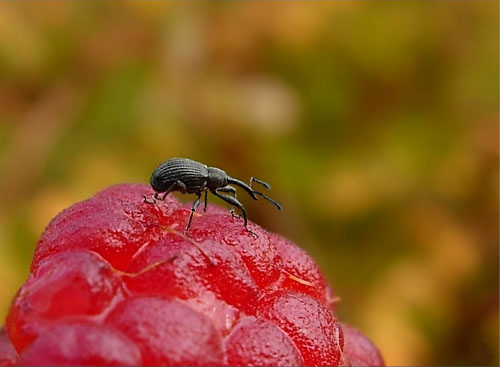
Pests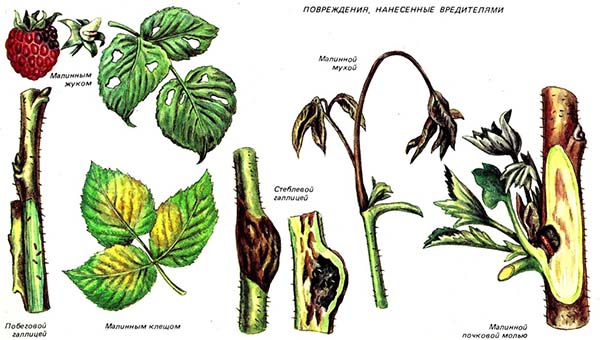
- Raspberry-strawberry weevil - destroys flower buds during oviposition, which takes place from the budding of strawberries to the appearance of ovaries on raspberries.
Perhaps this is one of the most common and harmful pests of raspberries and strawberries.
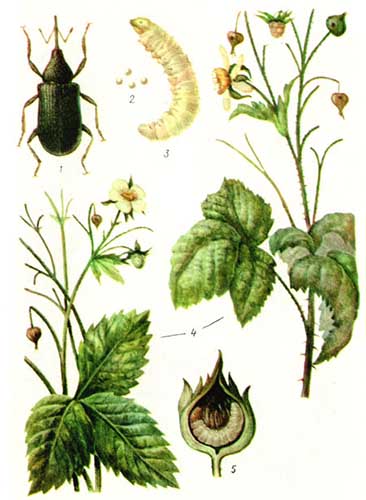
- Raspberry beetle - damages buds and flowers (eats out huge wide holes in them). Berries developing from flowers damaged by beetles have an ugly shape, in other words, their quantitative (weight) and qualitative characteristics decrease, moreover, they are prone to rotting, especially in wet, humid weather
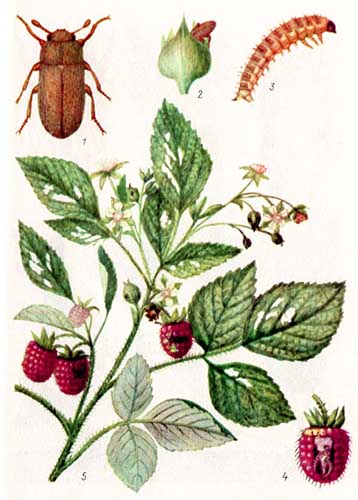
- Raspberry or raspberry stem fly - lays eggs during raspberry flowering on apical leaves (tips of young shoots). Further, the hatched larvae gnaw the crown of these shoots, as a result, the tops of the shoots turn black, wither and dry out.
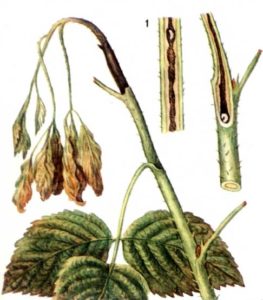
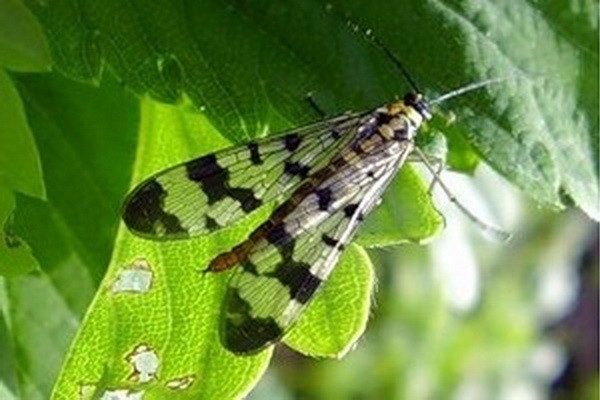
Video: why raspberry shoots wither - raspberry fly
- Raspberry glass (more often called currant) - the caterpillars bite into the core of the shoots, as a result, the damaged branches stop growing, wither and dry out;
Damaged shoots should be tried to be cut back to healthy wood, and the infected parts should be burned.
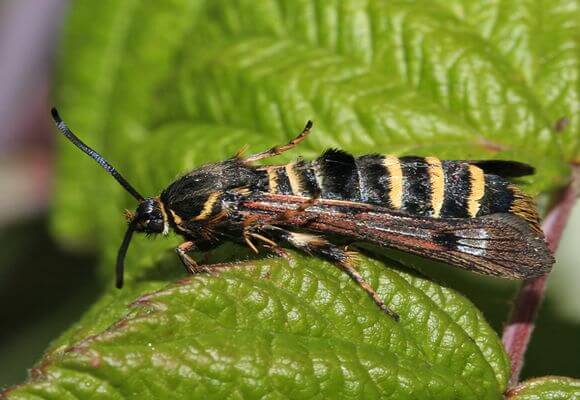
- Raspberry kidney moth;
- Stem and shoot gall midge;
- Mite;
- Aphid.
Diseases
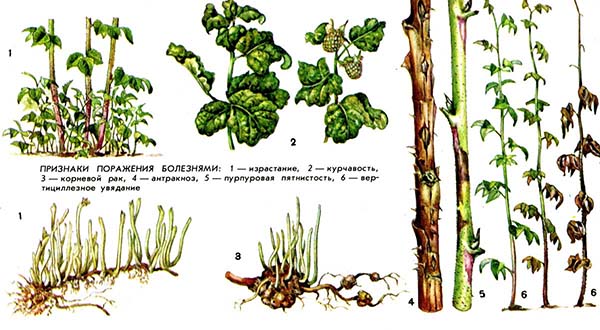
- Anthracnose - one of the most harmful diseases for this culture. The defeat of raspberries by this fungus leads to the death of the ends of the shoots and fruit branches even before the berries ripen. As a result, they are mummified, and the leaves fall off before the prescribed time.
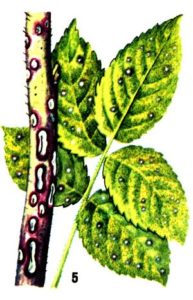
- Septoria (white spot) - appears as white spots on leaves and trunk.
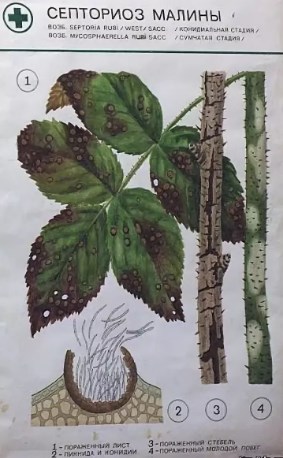
- Purple spot of raspberry (didimella) - characterized by the formation of purple girdle spots on the raspberry trunk closer to its base, which affect the buds, subsequently the shoot completely blackens and dries out.
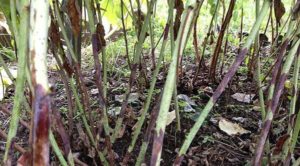
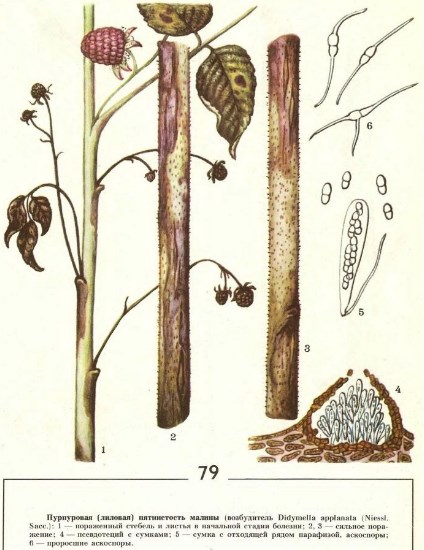
- Gray rot (botrytis) - the berry becomes covered with gray mold and literally rots.
As a rule, gray rot especially strongly affects remontant raspberry varieties in August-September, if the weather is humid (rainy).
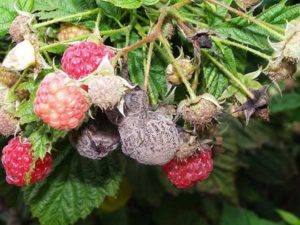
Video: treatment of raspberries for diseases - anthracnose, septoria, didimella (purple spot), gray rot.
Note! For remontant varieties, fungal diseases are almost not dangerous (except for gray rot), but for ordinary varieties - even like ...
- Rust.
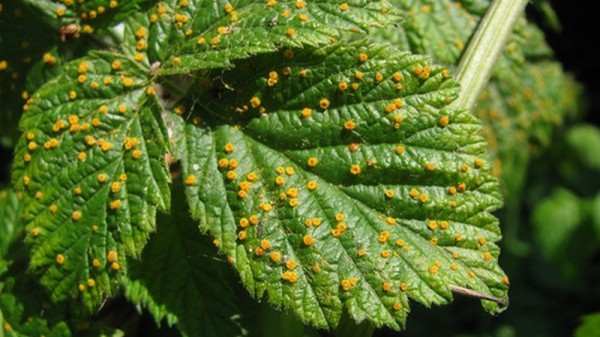

- Powdery mildew.
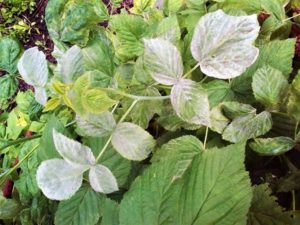
- Viral mosaic.
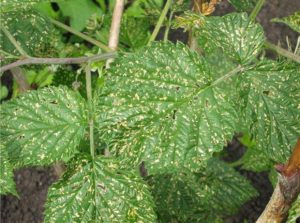
- Stem and root cancer.
Preventive measures to protect raspberries
Agrotechnical measures for the control and protection of raspberries from diseases and pests:
- Digging the soil (shallow loosening) and plowing of row spacings is an excellent measure of combating pests that winter in the soil (raspberry beetle, weevil, flies, glass-mongrels).
Together with loosening, it is also necessary to deal with the destruction of weeds.
- Mulching - one of the ways by which you can close the main source from which all diseases and pests come (crawl out), namely the soil. You can mulch with humus, rotted sawdust.
- Compliance with normal plant densitysince fungal diseases develop especially strongly when plantings are thickened. Accordingly, you need to get rid of the thickening excess growth.
- And of course, you can plant the most disease and pest resistant raspberry varieties.
- Regular pruning of fertile and diseased (infected) shoots. Wherein raspberry pruning do exactly in the fall, but you can also in the spring.
In general, if you notice damaged or infected shoots, then they need to be promptly removed (cut completely or to healthy wood) and burned.
Alternatively, one can use mechanical method of struggle. Namely, shake off beetles from bushes into special gauze nets, linen or gauze shields, followed by destruction.
Biological way of fighting with pests is planting strong-smelling plants, eg, garlic, marigolds, nasturtium, basilica, calendula, which, with their strong odor, will scare away pests (the same weevils).
Unfortunately, the use of strong-smelling herbs, as a rule, does not give much effect ...
How to properly handle raspberries in spring
- Use personal protective equipmentwhen preparing solutions and performing direct processing.
- Spraying must be carried out in dry and calm weather.
- Carefully read the instructions for the drug, including at what temperature the processing should be carried out.
Note! It is useless to work with colloidal sulfur in cool weather, as well as with the sulfur-containing drug Tiovit Jet: the optimum temperature is + 25-30 degrees, only then the sulfur will evaporate and act.
- You need to spray not only the bushes themselves (leaves), but and soil between bushes or mulch (if your bushes are mulched), since pathogens and pests (fungal spores and pest eggs) hibernate in the soil.
Important! If raspberries last or this season was very strongly affected by diseases and peststhen it is recommendedremove all old mulch, and then carry out processing.
- You can cook tank mix (from 2 selected products), after dissolving each drug in water separately (according to the instructions). Then pour the resulting solutions into a common container (sprayer) and carry out a comprehensive treatment for both diseases and pests.
Question! How to check drug compatibility?
If, after mixing the preparations, no sediment precipitates, they can be used in the tank mixture.
- At each stage for spraying, preparations with different active substances should be used so that the pests do not have resistance (addiction does not develop). However, as an option, you can alternate them, including every season.
Are chemicals dangerous, is it better to use biological products
Preparations for the treatment of raspberries from diseases and pests can be of both biological and chemical origin.
Of course, it is believed that it is safest to spray with biological products or use folk remedies, because they are absolutely harmless to human health. However, it is in the spring (before fruiting) that chemical preparations can be used without any consequences, especially if the affected area is large enough. The bottom line is that upon expiry of the waiting period, all harmful substances (pesticides) withdrawn long before ripening and picking berries.
When to process raspberries: schedule and scheme of treatments
After you spend spring raspberry pruning, it's time to process the remaining shoots from diseases and pests.
Thus, as a rule, the following scheme for processing raspberries in the spring is used:
- early spring (before or at the beginning of bud break);
- before flowering (during the period of bud extension) - the most important;
- after flowering and the formation of the first ovaries;
- after harvest (summer-autumn).
At the same time, at each stage, it is worth spraying the bushes both against pests and against diseases.
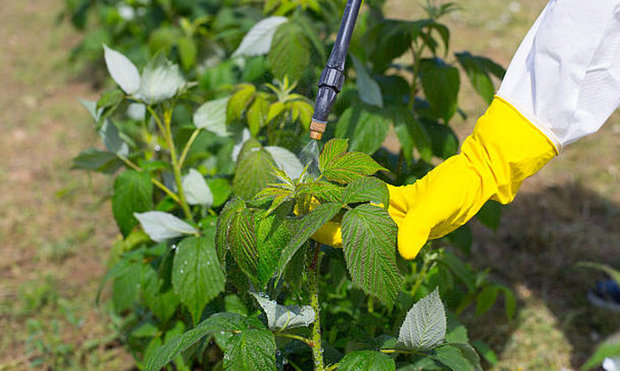
Early spring (before or at the beginning of bud break)
The first treatment of raspberries against diseases (wintering fungal infections) is recommended to be carried out even on bare trunks, and it is advisable to sprinkle just before blooming, but it is possible at the beginning of blooming.
During this period, spend spring eradication spraying using the simplest copper-containing products - Bordeaux liquid orcopper sulfate + urea.
Also required cut stems affected by stem gall midge and spend looseningin order to disrupt the wintering grounds of the raspberry fly, shoot gall midge and other pests.
During bud extension (before flowering)
After 2-3 weeks after the previous treatment, you need to re-spray. In this case, the processing should be done without fail before flowering!
The fact is that processing raspberries before flowering is considered the most important.
During the period of bud extension (before flowering), it is necessary to carry out processing against such a dangerous pest like raspberry-strawberry weevil... For example, you can use one of the following chemicals (insecticides): Iskra M, Fufanon-Nova (Expert), Taran, Alatar, Actellik.
Treatment with the above drugs will also be directed against:
- raspberry glass bowl;
- raspberry fly;
You can also trim the shoots below the location of the raspberry fly larva and then burn them.
- raspberry beetle;
Including, the raspberry beetle can simply be shaken off the bush early in the morning, and then destroyed.
- raspberry kidney moth;
- aphids;
- ticks.
By the way! It is against ticks that Vertimek is most effective, but Masai and Actellik can also be used.
Against ticks (as well as aphids), you can still try to use biological insectoacaricides - Fitoverm or Aktofit, Bitoxibacillin, Biokill.
You also need to spend treatment of raspberries against fungal diseases (various spots) - purple spot (didimella), anthracnose, septoria, rust, etc. For this, you can use special preparations, for example, Agrolekar or Chistoflor (analogs).
And you can process again bordeaux liquid orcopper sulfate, but already without urea and no more than 1% solution. It is even better to use copper oxychloride (Hom, Abiga-Peak) and colloidal sulfur (work great against anthracnose, septoria and even ticks!), But only in hot weather (+25 degrees).
After flowering
After flowering, when the berries are tied, i.e. about 10-14 days after the previous spraying, you can repeat the treatment against the pests named in the previous paragraph, for example, sprinkling with the same Fufanon. But you can not do this, especially if you carried out high-quality processing before flowering.
Including you can continue shake off beetles from the bushes, prune off larvae the tops of the shoots.
Further processing is carried out already depending on the situation and circumstances.
Note! Raspberries ripen quickly enough, and every chemical has waiting period, in other words, during the ripening period (while the berry is still green), only biological agents, which have a minimum waiting time. For example, against ticks on raspberries, you can use Fitoverm or Aktofit (analogues), Bitoxibacillin.
After harvest
After harvesting, you will need to spend autumn eradication treatment raspberries to reduce the number of pests and pathogenic fungal infections, which are going to winter, so to speak, during this period.
As a rule, for these purposes they use solutionbordeaux liquid, although you can simply applycopper sulfate or useiron vitriol + urea, i.e. conduct a standard autumn eradicating garden treatment.
However! Against pestswho are going to spend the winter in your raspberry bed, it is more effective to use one of the following chemical insect-acaricides - Iskra M, Fufanon-Nova, Fufanon Expert or Karbofos (all preparations with the same active substance, i.e. analogues).
Against diseases (wintering fungi) - Agrolekar or Chistoflor.
How to process raspberries in the spring: preparations for diseases and pests
To protect your raspberry tree from diseases and pests, there are a fairly large number of different means, so you need to familiarize yourself with their list in advance and choose the ones that are right for you (including the cost). You also need to decide when, how and how much you will use them.
Important! The instructions for each drug always indicate when (in what time frame) and how many times they can and should be processed.
So, all means for spring processing of raspberries are divided into 3 groups:
- fungicides (drugs to fight diseases);
By the way! In this case, fungicides are divided into preparations protective (prophylactic) and curative action, and protective and healing (complex).
Of course, it is optimal to use complex preparations with protective and therapeutic effects.
Accordingly, if you noticed signs of illness, then no preventive (protective) means will help you, only healing (or protective-healing).
- insecticides (pest control agents);
There are also acaricides - means for fighting ticks. They are more often called insectoacaricidessince they destroy other pests as well.
- insectofungicides (complex preparations acting simultaneously against pests and diseases).
By origin, these agents (fungicides and insecticides) can be:
- chemical (those same "chemicals");
- biological (biological products).
Of course, there are folk remedies, for example, various herbal solutions and infusions, but their effectiveness is very, very limited.
Biological agents against diseases and pests
Biologicals insecticidal action (against pests):
- Fitoverm (Aversectin C, enteric insectoacaricide against ticks, aphids and other pests)
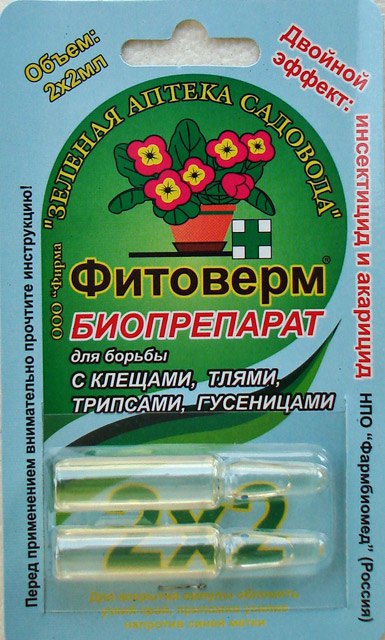
Aktofit and Fitoverm are complete analogues.
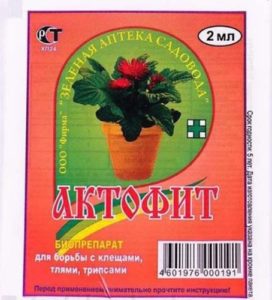
- Bitoxibacillin (Bacillus thuringiensis var. thuringiensis, intestinal insectoacaricide against weevils, ticks, leaf gall midge and other pests).
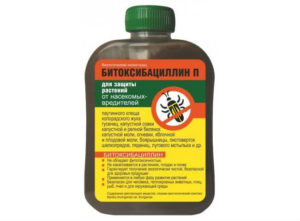
- Biokill (Abamectin, enteric insectoacaricide against ticks and aphids).
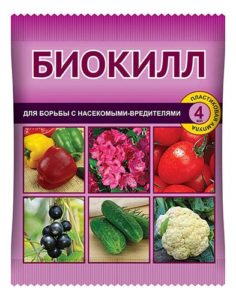
Unfortunately, in the fight against fungal diseases of raspberries, biological products (biofungicides), as practice shows, do not show a decent result. However, you can try the same Fitosporin.
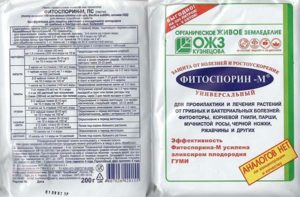
Or one of the preparations based on mushrooms of the genus Trichoderma (Trichocin, Trichoplant and Trichoderma Veride), as well as Planriz or Rizoplan. 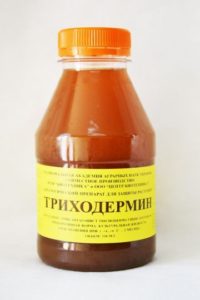
Chemical fungicides (remedies against diseases)
For spring spraying of raspberries from diseases, you can use the following fungicides:
Important! For one treatment you should only choose one drug (fungicide), and then use a new one (preferably with another active substance) or alternate.
- Bordeaux liquid (mix)... Active ingredients - copper sulfate + calcium hydroxide = lime, contact fungicide of protective action (3% solution of Bordeaux liquid is applied before bud break and 1% after bud break) against spotting and other fungal diseases.
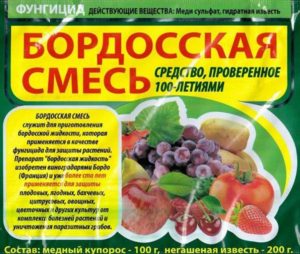
- Copper sulfate... Active substance -copper sulfate, contact fungicide of protective action (3% solution - before bud break and 1% - after bud break) against various spots and other fungal diseases.
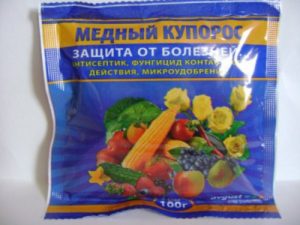
- Abiga Peak. Active substance - copper oxychloride, contact fungicide with a protective action against anthracnose and septoria (white spot), as well as against ticks.
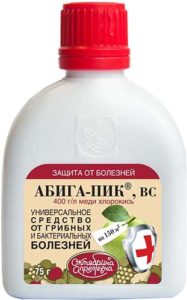
Abiga-Peak = Hom = Copper oxychloride.
- Colloidal sulfur - contact fungicide of protective action against anthracnose and septoria (white spot), as well as against ticks.
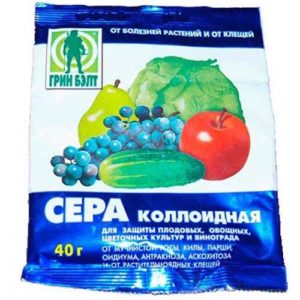
- Tiovit Jet. Active substance - sulfur, contact fungicide and acaricide for powdery mildew and mites.
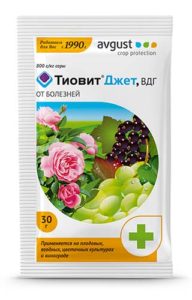
- Topaz. Active substance - Penconazole (Topaz), a systemic protective fungicide against purple spot (didimella) and gray mold.
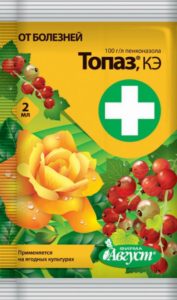
- Agrohealer. Active substance - Propiconazole, a systemic fungicide of protective and curative action against purple spot (didimella), anthracnose, septoria, rust.
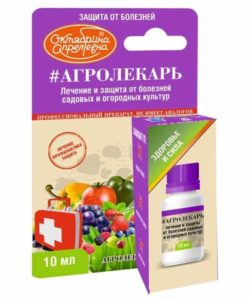
- Chistoflor. Active substance - Propiconazole, a systemic fungicide of protective and curative action against purple spot (didimella), anthracnose, septoria, rust.
Agrolekar and Chistoflor are complete analogs, like Propi Plus.
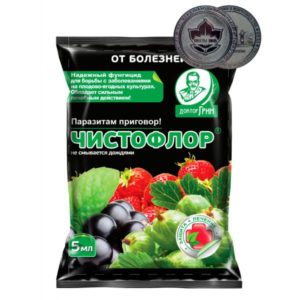
Chemical insecticides (drugs against pests)
To treat raspberries from pests, you can use the following insecticides:
- Actellic. Active ingredient - Pyrimiphos-methyl (Actellic), a systemic insectoacaricide of contact-intestinal action from beetles, aphids, ticks and other pests.
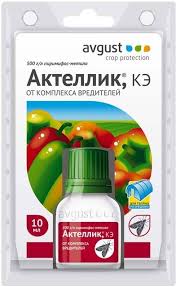
- Ram. Active substance - Zeta-cypermethrin, enteric-contact insectoacaricide from strawberry-raspberry weevil, raspberry beetle.
- Iskra M. Active ingredient -Malathion (Karbofos), enteric insecticide against raspberry beetle, raspberry-strawberry weevil, ticks, raspberry kidney moth, aphids, gall midges.
- Fufanon-Nova. Active substance -Malathion (Karbofos), enteric insecticide against raspberry beetle, raspberry-strawberry weevil, ticks, raspberry kidney moth, aphids, gall midges.
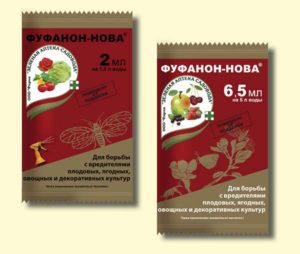
Iskra M = Fufanon Expert = Fufanon-Nova = Karbofos.
- Alatar. Active ingredients - Malathion and Cypermethrin, intestinal insectoacaricide, from raspberry beetle, raspberry-strawberry weevil, ticks, raspberry kidney moth, aphid, gall midge.
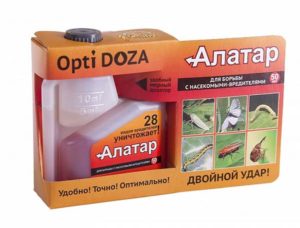
- Vertimek. Active substance - Abamectin, insectoacaricide of intestinal action against ticks, aphids and other pests.
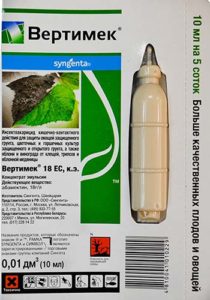
- Masai. Active substance - Tebufenpirad, acaricide of intestinal contact action against ticks (has a strong ovicidal effect against summer egg-laying).
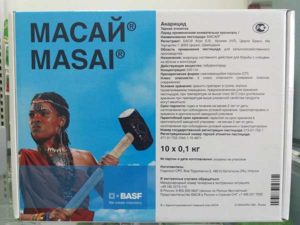
Insecticides against gastropod pests of raspberries - slugs and snails:
By the way! The site already has a detailed article about how to deal with slugs and snails in the garden and vegetable garden.
- Slime Eater (Metaldehyde, enteric insecticide against slugs and snails);
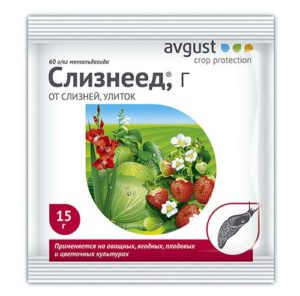
- Thunderstorm (Metaldehyde, an enteric insecticide against slugs and snails).
Slime Eater and Thunderstorm are complete analogs.
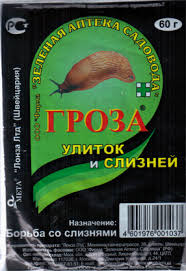
Folk remedies
You can try to use against pests:
- Infusion of wormwood or marigolds.

- A solution of birch tar with liquid soap (10-15 g of tar and 40 g of soap per 10 liters of water).
- Dust the near-trunk circle of raspberry bushes with tobacco dust or wood ash.
- Spray bushes infusion of onion peel (against aphids and spider mites).
Video: folk methods of pest control on raspberries without chemistry
Thus, now you know when and how to spray raspberries in the spring to protect your bushes from diseases and pests. Let your raspberry bushes be healthy and the harvest rich. Good luck!

